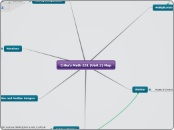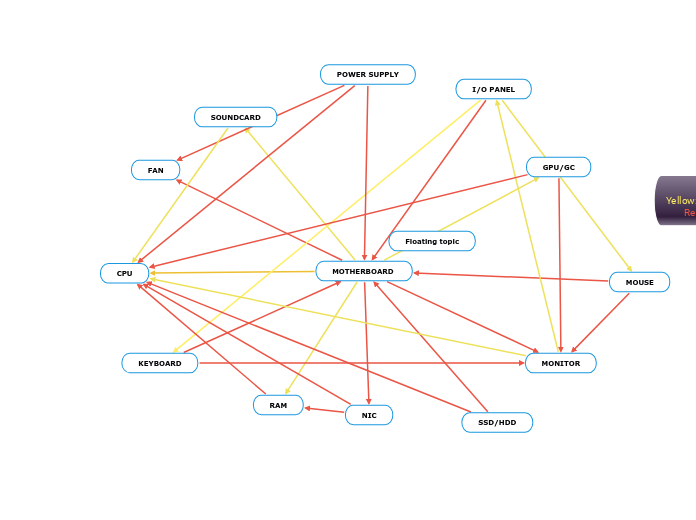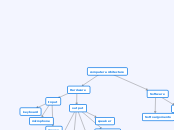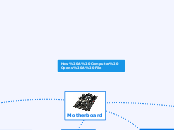Erika's Math 251 (Unit 2) Map
Solving Division
Example: After Andrews Middle School is built, it will hold 609 students. Each classroom will have 29 students. How many classrooms does the school have?
How to solve this:
Partial Quotients
Negative and Positive Integers
Displaying them on Number Lines
Multiplying
Subtracting
Distance between numbers can also be displayed on a number line
Notations
Scientific Notation
The exponent is related to how many place values the number has. For example, kids will find out that the exponent is the number of 0s the number has when it is written out in expanded notation.
This is a way that you can write down numbers that may be too big or too small to write out completely. You always multiply a number that is less than 10 by 10 to an exponent
347, 568
(3 x 10^5) (4 x 10^4) (7 x 10^3) (5 x 10^2) (6 x 10^1) (8 x 10^1)
Expanded Notation
A number gets broken down into each, different value (1000s, 100s, 10s, etc.)
347,568
300,000 + 40,000+7,000+500+ 60+ 8
Solving Multiplication
242 x 309
Partial Producats
Ratio Table
Division
Models of Divisioin
Partition (Groups)
Here you would know that there are 6 kids that need supplies, so you could draw the 6 kids and distribute the $48 evenly to each kid.
Example: Megan has $48. She wants to give an equal amount of money to 6 needy kids for school supplies. How much can she give to each kid?
Rpeated Subtraction (or Addition)
Here you would seperate the money into 8 groups of 6 because you know that the groups need to be in 6, then count up till you get to $48
Example: Megan has $48. She wants to give $6 to needy kids for school supplies. How many kids can she give supplies to?
Multiplication
Properties of Multiplication
Distributive Property
a x (b+c) = (a x b) + (A x c)
Identity Property
6 x 0 = 0 or 1,215,364 = 0
6 x 1 = 6 or 1,215,365 x 1= 1,215,365
Associative Property
3 x 6 x 5
3 X (6 x 5)
3 x 30 = 90
Communative Property
3 x 2 = 2 x 3
Models of Multiplication
Website with picture EXAMPLES!
Tree/Combinations
One of the last versions we want to introduce to kids
Example: Adam has 4 pairs of pants and 7 different skirts. How many different outfits can he make?
Area Model
Very Efficient because it ALWAYS elicits columns/rows
Example: In the classroom, there are desks lined up in 4 rows with 7 desks in each row. How many total desks are there in the classroom?
Repeated addition
Similar to sets, but in mulitplication, the sets have to be the same size (add them all)
Example: Ryan has 4 plates of cookies, with 7 coookies on each plate. How many cookies does Ryan have all together.









